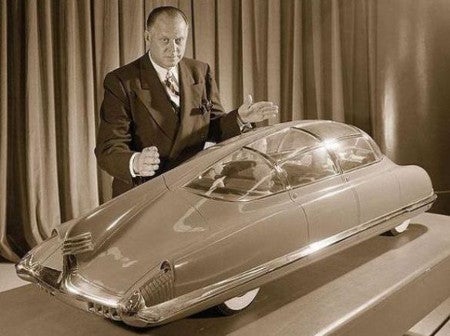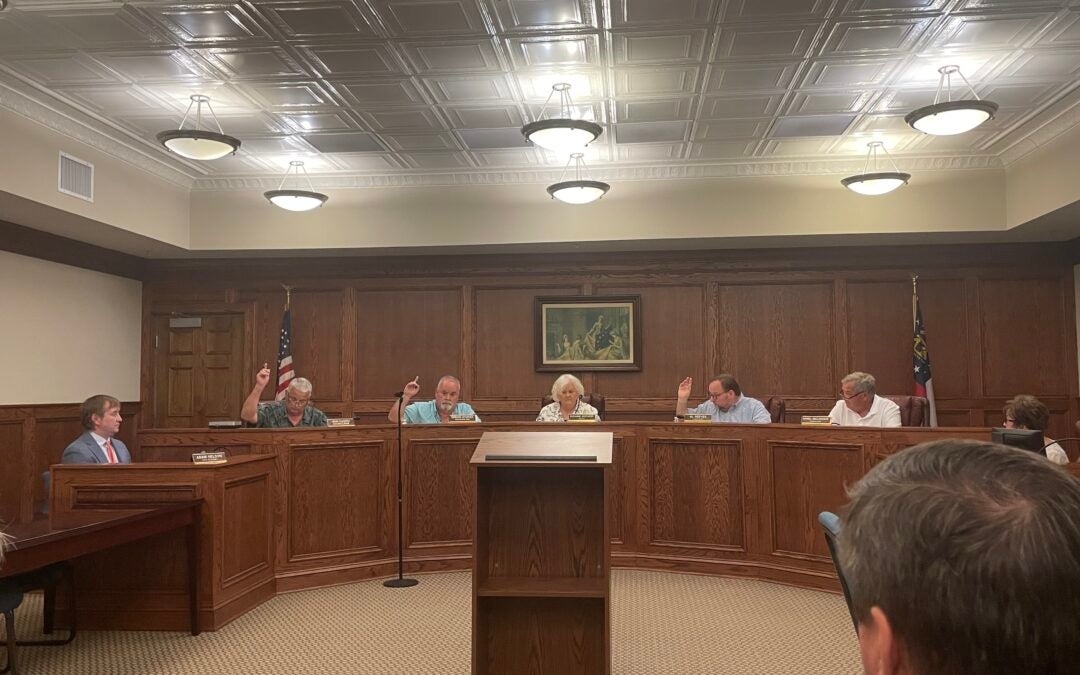Out of all of the famous automobile designers in history, one man stands head and shoulders above the pack. The imagination of Harley Earl changed the way automobiles were produced and his influence can still be seen in modern vehicles.
Earl came from a coach building family and came of age as the family company converted to building custom automotive coaches, as the horse and buggy was quickly becoming a thing of the past.
According to the Automotive Hall of Fame, the advent of Ford’s assembly line process caused manufacturers to become far more concerned with how many units they could pump out per hour and were less concerned about what the car actually looked like.
In today’s world, the only thing that differentiates the different brands are the badging, and even sometimes that can be misleading.
The same was true 100 years ago, virtually every car on the road looked alike. Those that wanted an automobile that really stood out would have to purchase a frame and drivetrain from, say, Cadillac and then send the frame to a custom builder such as the Earl Automotive Company.
The young Earl made a name for himself among the Hollywood set, designing cars for the biggest movie stars of the time.
Eventually, General Motors bought the family business and that is when Earl captured the attention of Lawrence Fisher, general manager of the Cadillac division.
Fisher wanted to create a sub-brand of Cadillac that would be an entry level luxury car and Fisher knew the car needed an eye-popping design if the project was to succeed.
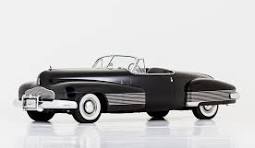
The design that Earl chose was nothing radical, but the smooth lines, raked windshield and other subtle design cues made the LaSalle an instant hit and Earl an automotive superstar.
The success would lead GM to create its “Art and Color Section” with Earl at the helm.
Earl, although educated at Stanford, did not see himself as a stodgy auto engineer, but rather, an artist. His first move as design head was to introduce clay modeling to flesh out the design ideas. In Earl’s mind, he was creating rolling sculptures.
Clay modeling would only be the start; not much later, Earl would unveil the 1938 Buick Y-Job, the very first ever “concept” car.
An avid lover of aviation, Earl’s Y-Job was set low to the ground with no running boards, it had a wider stance than the contemporary vehicles of the time and it introduced the sleek, art deco inspired body style that would become commonplace in the 1950s.
World War II sidelined Earl for a while, but his mind focused on what would be his next triumph: the Corvette.
There were technological advances made during the war and Earl took full advantage.
Fiberglass had been around since 1933, but it was not considered a practical material for auto bodies. The material, while lightweight, was brittle and there was no such thing as popping out a dent.
However, by the 1950s the process of creating and molding fiberglass had been refined and Earl decided to take a chance and build his new car with the space-age material.
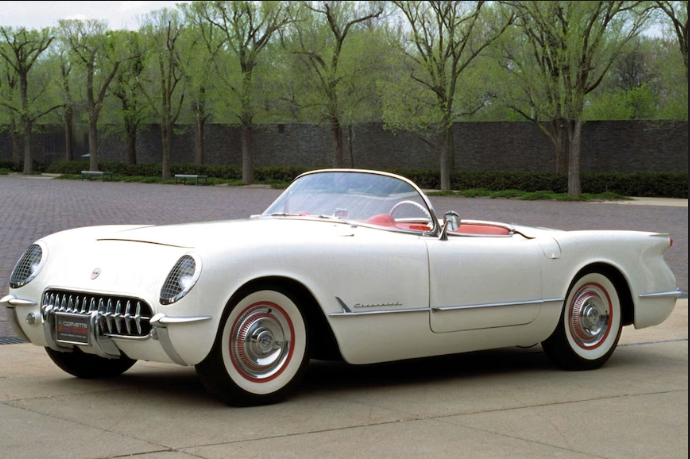
The Corvette would be an even bigger hit than the LaSalle and became the benchmark as a truly American sports car.
Aircraft design also changed dramatically in the war years and Earl almost became obsessed with incorporating aeronautical cues into his models, introducing what he called the “rear stabilizers” or tail fins.
At first, the fins were subtle, but as the 1950s wore on the fins got bigger and bigger. The booming post-war economy gave Earl even more freedom to let his ideas flow in the form of chrome.
By the end of the decade, Earl’s designs had almost become garish, some of the cars, especially the Buicks of the time, looked like they had more chrome on them than sheet metal.
Virgil Exner, lead designer at Chrysler responded with his “Forward Look” design and, in 1957, the tailfin wars had begun. The 1959 Cadillac Coupe DeVille would be hailed the winner with massive tailfins arising out of taillights that looked like jet afterburners.
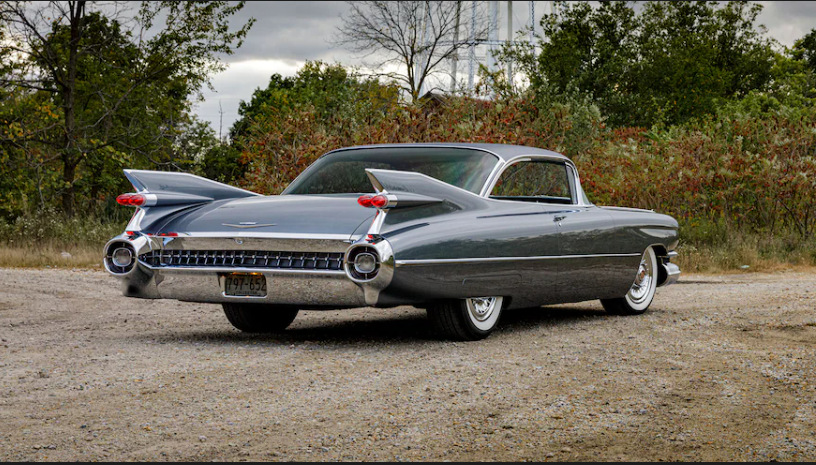
It was the 1961 Lincoln Continental that would signal the end of the Harley Earl era.
The Lincoln designers, knowing their division was nearing the chopping block, went about designing a vehicle that was radically different from anything else on the road, much as Earl had done with the Y-Job.
The ‘61 Continental did away with tail fins, much like the Y-Job did with running boards. The car had sleek, more square dimensions with tasteful chrome applications. Comparing the new Lincoln with Earl’s designs was like comparing Audrey Hepburn and Mae West.
While automobiles have reverted back to looking like appliances on wheels, there are some Earl trademarks that remain. Buick still features the round side engine vents and the vertical taillights on modern Cadillacs are a nod back to Earl’s rock-and-roll fifties classics.
Scott Hudson is the Senior Investigative Reporter and Editorial Page Editor for The Augusta Press. Reach him at scott@theaugustapress.com

